Do you like travelling away from the beaten path? Here’s a guide on how to spend 3 days in Bologna, perfect if you want to explore Emilia-Romagna’s largest city beyond the main sights!
Would you like to explore with a local guide? Book one of these quick and easy Bologna tours!
We love booking tours with GetYourGuide – the company offers a variety of activities, flexible booking, and 24/7 support!
- Bologna City Center Walking Tour – all the main sights on this best-selling tour!
- Bologna: Walking Food Tour with a Local Guide – yes, Bologna is all about FOOD!
- Bologna: Tastes and Traditions Food Tour with Market Visit – market visit and stops in local restaurants <3
- Bologna 3-Hour Secret Food Tour – discover local-only places!
- Bologna to San Luca Basilica by Train and Food Tasting – combine traditional food and a visit to Bologna’s most iconic sight
Welcome to our 3 days in Bologna guide! After our article about how to spend 1 day in Bologna and our perfect 2 days in Bologna itinerary, where we covered most of the basics, we’ve got an itinerary focusing on lesser-known sights around the city, as recommended by Bologna locals.
Is it your first time in the city, and you just want to check out the main sights? Our one and two days in Bologna posts focus on the city centre, best-known monuments, and foodie hotspots – this 3 days in Bologna itinerary is more about hidden gems and sights most tourists overlook.
If you want to delve further beneath the surface of Bologna, our non-touristy things to do in Bologna article includes other ideas.
We always recommend first-time visitors to spend as much time as they can in Bologna – it’s one of Italy’s largest cities, and also one of the few that is not yet overrun by mass tourism. Its popularity is on the rise, but for now, Bologna is still a place where locals outnumber tourists, and not the other way around.
To make matters better, Bologna is perfectly located to explore the best small towns in Emilia-Romagna – the last day of this itinerary is dedicated to Bologna’s hills, but if you have 4 or even 5 days to spend in the city, you might consider planning a day trip.
Let’s discover how to spend 3 days in Bologna – but first, here are some practical info that will help you plan your trip!
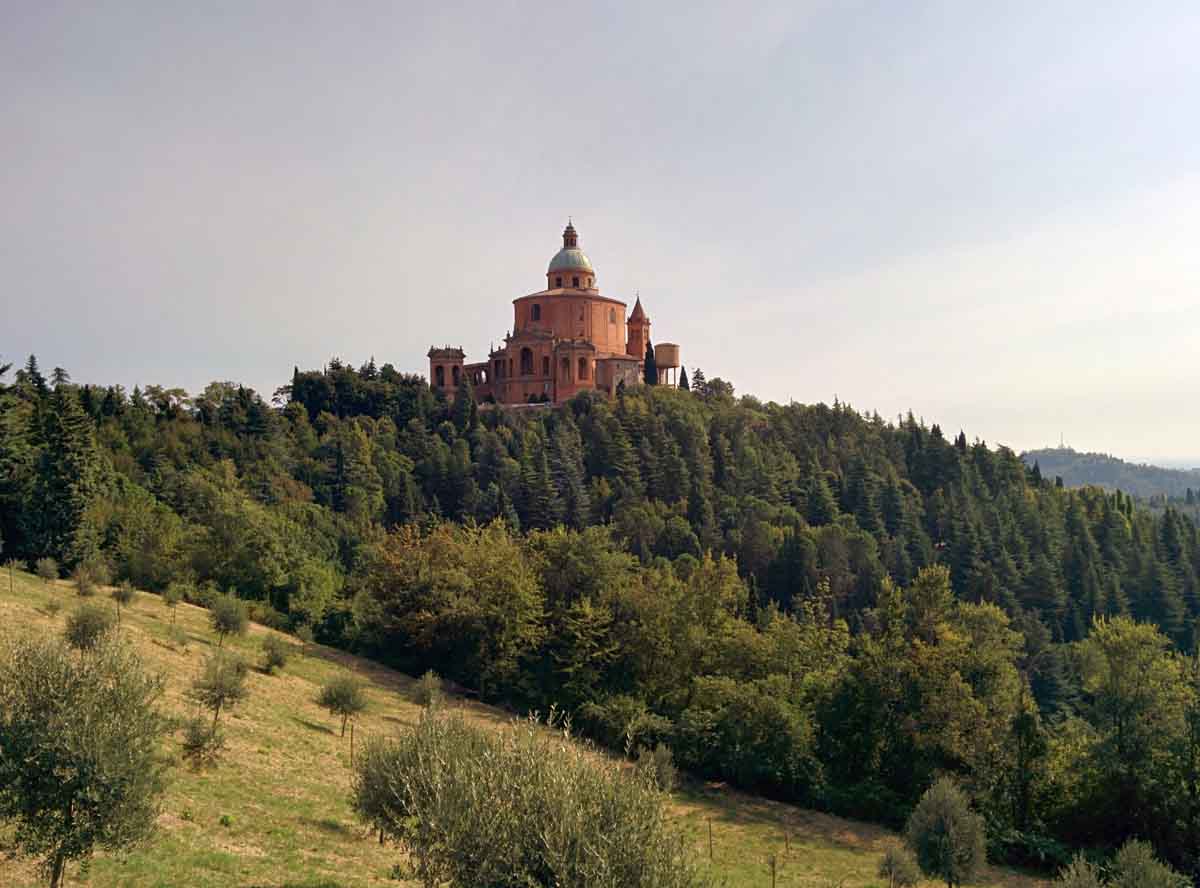
3 Days in Bologna Practical Info
Best Time to Visit Bologna
In short, any time of the year is a good time to visit Bologna. The city’s famed (and UNESCO-listed) porticoes mean you can easily walk around and sightsee when it’s raining, and if it’s too hot… well, just find a restaurant and get ready for a memorable meal!
Every season in Bologna comes with its benefits. Winters can be cold, but accommodation is usually quite affordable. The same can be said for summer – in August, the city is virtually empty, but you can usually get good deals on hotels and flights.
Spring, early summer and autumn are the best times to visit Bologna. You might find more tourists and slightly higher prices, but the weather is usually perfect for sightseeing, shops and restaurants are open, and from April to October, it’s also pleasant to have dinner outside.
How to Get to Bologna
Bologna has an international airport, connected to the city by a driverless rail line whisking passengers to Bologna Centrale station in about 10 minutes.
If you’re coming from elsewhere in Italy, the best way to reach Bologna is Italy’s excellent high-speed rail system. Bologna is located both on the Milan-Naples and Venice-Rome line, and on many local lines, making it easy to visit other cities in Emilia-Romagna for day trips by train.
You can easily purchase your own train tickets in advance on the Trenitalia or Italo websites. Tickets go for sale about 4/5 months before the date of travel, and booking early is the best way to get affordable tickets. Travel times from other Italian cities are as follows:
- Milan: 1 hour
- Venice: 1.30 hours
- Florence: 1 hour
- Rome: 2/2.30 hours
- Naples: 3.30 hours
How to Get Around Bologna
You can easily reach all the locations mentioned in this article either on foot or using public transport. Bologna is fairly compact and walkable – you can walk to all destinations included in Day 1 and 2 of this 3 days in Bologna itinerary, and use trains or buses to reach places mentioned in Day 3.
Bicycles are another fun way to get around Bologna. Many hotels have city bikes available for guests, or you can use RideMovi, Bologna’s bike-sharing app, with over 2200 regular and 350 electric bikes all over the city.
Is the Bologna Welcome Card worth it?
If you’re planning to spend 3 days in Bologna or longer, and you are interested in museums, definitely yes!
The Bologna Welcome card is available in two different formats. The Bologna Welcome Card EASY costs €25, and includes entrance to 12 museums, two churches (including Santa Maria della Vita, mentioned in this itinerary), a walking tour, and access to the top of Torre degli Asinelli.
Bologna Welcome Card PLUS costs €40 and includes all of the above, plus a big red bus tour of the city, the tourist train to San Luca, and access to the San Luca dome. It’s definitely worth considering if you have 3 days in Bologna and want to explore several sights, since you’d be saving €50/70 compared to buying individual tickets.
3 Days in Bologna – Day 1
Day 1 in Bologna – Morning
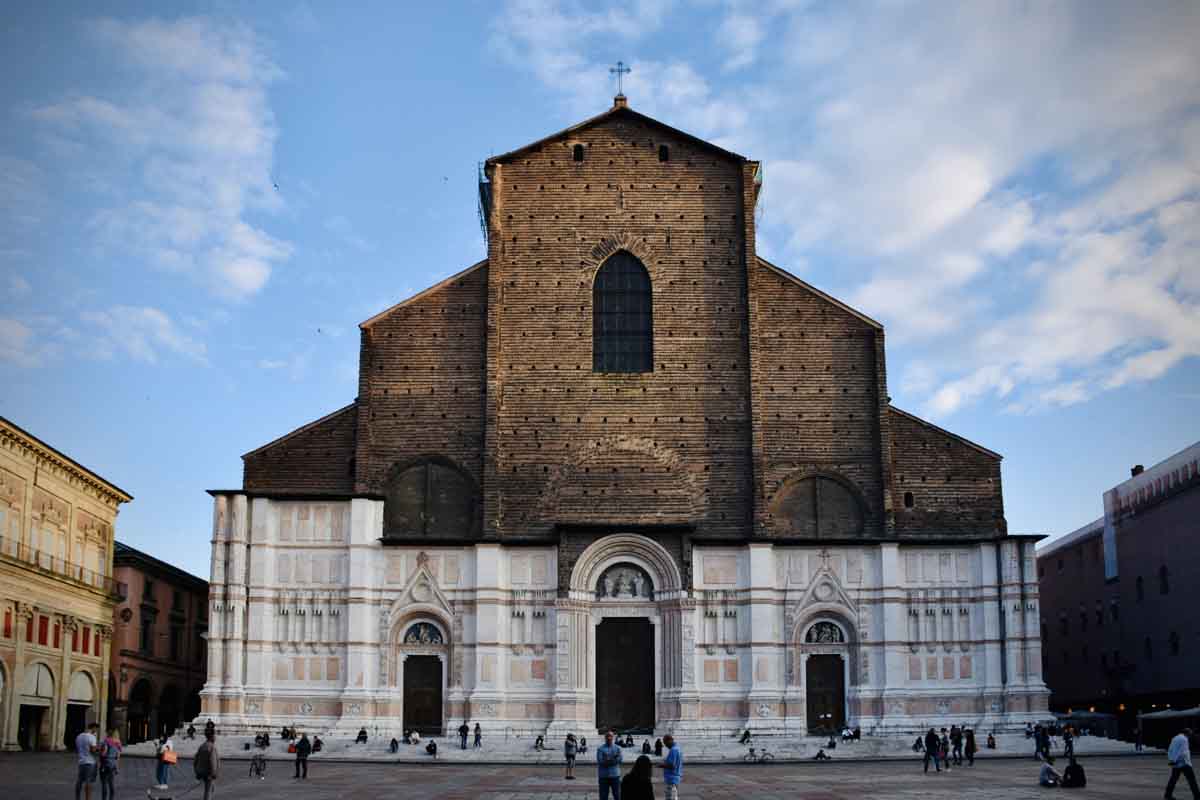
Voltone del Podestà
Let’s start with Piazza Maggiore, the largest in town, home to the cathedral dedicated to San Petronio as well as other notable buildings. Located under the Palazzo di Podestà in Piazza Maggiore, the Voltone del Podestà is one of Bologna’s best-kept secrets.
Bolognese locals are familiar with the unique acoustics of this vault, but few know that back in the medieval age, the Voltone del Podestà was used to punish blasphemers and hanging criminals.
Getting getting back to the unique acoustics, basically by talking into one of the arcades, you’ll be heard on the opposite one. This happens thanks to the peculiar form of the structure. That is why it is absolutely normal to see people talking with their faces toward one of the arcades.
The Voltone del Podestà is a fun stop that is also easy to find, as you will definitely pass by Piazza Maggiore during your 3 days in Bologna!
The Three Arrows of Corte Isolani
On Strada Maggiore, just before Santa Maria dei Servi, you will pass under a wooden archway that stands out from the others.
At this spot, in front of the elegant Corte Isolani, it is quite normal to see other people looking upward, as they are looking for the famous arrows stuck in the wood! I could tell you their exact location, but then I would take all the fun out of it! The arrows on the arcade of Strada Maggiore are one of the city’s little secrets, that you really shouldn’t miss.
There are several stories connected to the arrows: legend has it that the arrows have been shot upward by assassins dazzled by the beauty of the woman they were sent to kill, while others believe that the arrows ended up on the archway during a duel to the death between two noblemen. After finding the arrows, you can enter Corte Isolani and take a look at its elegant storefronts, and then emerge into the beautiful Piazza Santo Stefano.
Day 1 in Bologna – Afternoon
Santa Maria dei Servi
The Church of Santa Maria dei Servi on Strada Maggiore is another of Bologna’s hidden gems. The ancient portico of the Church covers the four sides of the small square, with beautiful arches created over the centuries, more precisely from the 16th to the 19th. In December, the portico hosts the Santa Lucia market, with stalls selling sweets that create a truly unique atmosphere.
Among other things, the portico has inspired numerous artists, not surprisingly it has been mentioned by Bolognese songwriters such as Francesco Guccini and used by Pierpaolo Pasolini for a scene in the film Edipo Re. Inside the church, it is possible to admire works by Guido Reni, Giovanni da Modena and Guercino. From Santa Maria dei Servi you can easily get to the university area, or head up toward the Via Castiglione area to visit the Giardini Margherita, the city’s main park.
Day 1 in Bologna – Evening
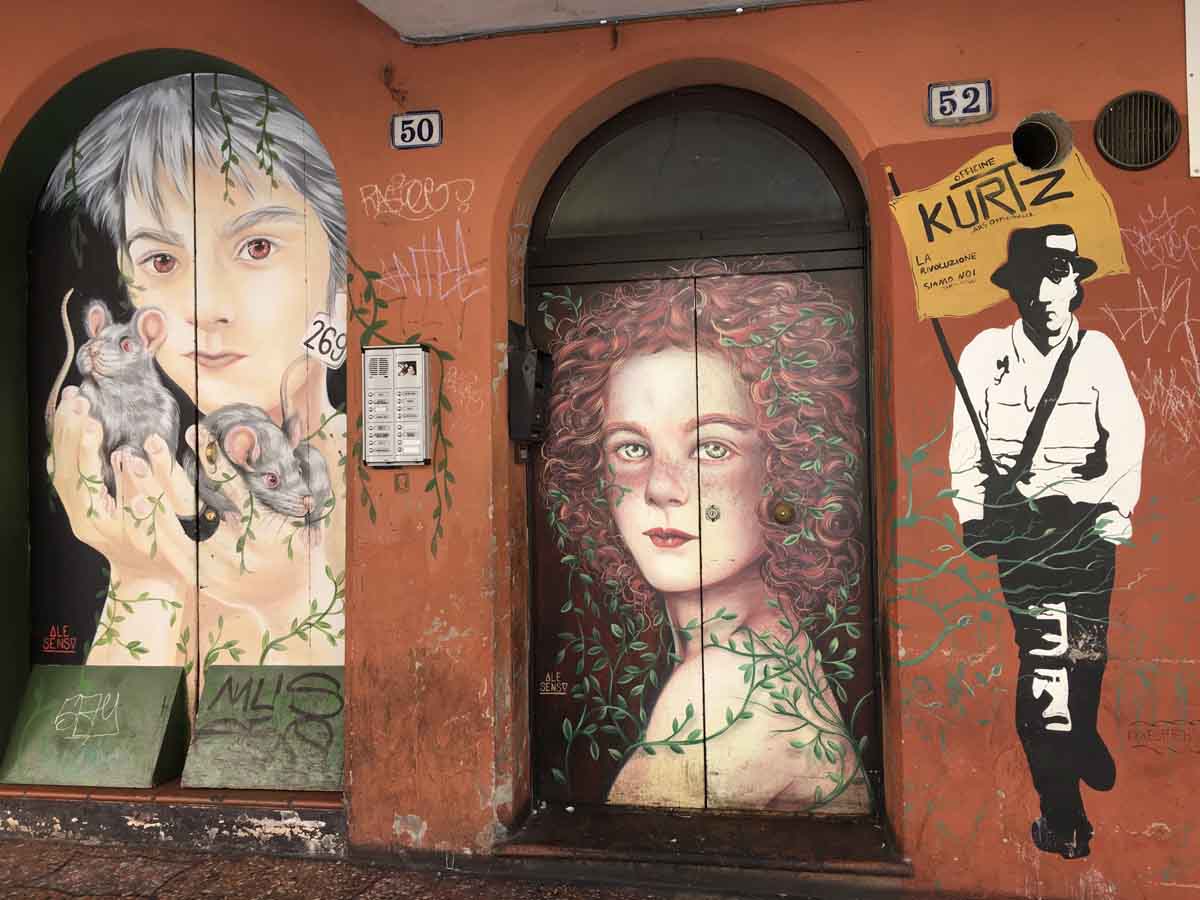
Via del Pratello
Still partially undiscovered by tourists, Via del Pratello is a street usually frequented by the locals, mainly for its clubs and breweries, many of which proudly keep Bologna’s rebellious spirit alive. Of course, tourists are welcome as well!
On Via del Pratello you will be spoiled for choice among breweries and pubs, as well as fast food and excellent international restaurants. The street’s charm lies precisely in its “underground” and revolutionary soul, which is why I suggest visiting it in the evening, when Via del Pratello is filled with people, generating a festive and warm atmosphere.
Via del Pratello is a generational meeting point, as you can see groups of students, young adults, and even older people who simply wish to have a beer on a Saturday night. At the beginning of Via del Pratello, you will also find the imposing Basilica of San Francesco and the square of the same name, once a gathering place for students, now a bit empty due to some limitations imposed by the municipality.
3 Days in Bologna – Day 2
Day 2 in Bologna – Morning
Pinacoteca Nazionale in Bologna
The Pinacoteca Nazionale in Bologna is not as famous as other Italian museums dedicated to paintings, like the Uffizi or Vatican Museum, so you might be surprised it houses masterpieces by the likes of Raphael, Carracci, Tintoretto, Vasari, and Guercino.
Located on Via delle Belle Arti, a short walk from the University area, the Pinacoteca Nazionale was founded in 1808 and became a museum in 1882. It is divided into several rooms, each dedicated to a particular period, where you can admire artworks of high historical value.
The Room of Giotto displays Giotto’s Polittico di Bologna, while in the section devoted to the Renaissance, it is possible to admire Raphael’s Estasi di Santa Cecilia and Perugino’s Madonna in Gloria e Santi. There is also a room dedicated to the Carracci brothers, Ludovico and Annibale, two of Bologna’s most famous painters.
Day 2 in Bologna – Afternoon
Church of Santa Maria della Vita
Bologna’s Quadrilatero has become famous for its stores, where you can buy gourmet products and sit down at a table to try some great local food.
However, this foodie hotspot within the center of Bologna is home to an absolutely special work of art, the Compianto sul Cristo Morto by Niccolò dell’Arca. The sculpture, located in the Church of Santa Maria della Vita, was made in the late 15th century, and consists of seven life-size sculptures made of terracotta.
The sculpture of the dead Christ in the centre, is surrounded by other figures, including two women crying out in pain. The scream, eternally trapped in time, has an alienating and moving effect. Not surprisingly, even the famous Italian writer Gabriele D’Annunzio was absolutely struck by it.
Day 2 in Bologna – Evening
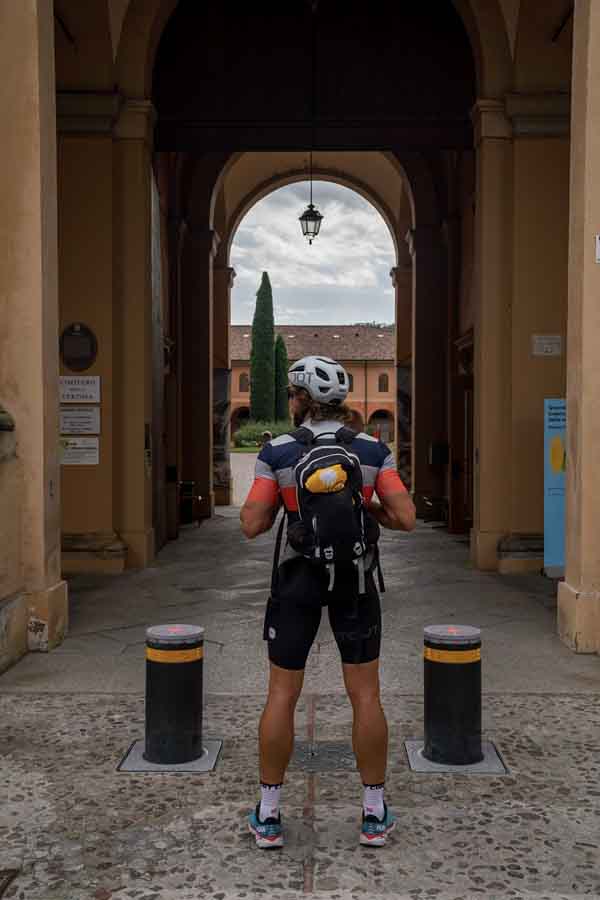
Certosa Monumental Cemetery
Bologna’s cemetery, Certosa, is an evocative and solemn place, characterized by beautiful sculptures and sacred paintings. The Chiostro Terzo (Third Cloister), the main point of interest, features tombs with neoclassical-style sculptures made of marble and bronze.
The Certosa was a popular place even in the 19th century, not surprisingly Lord Byron and Charles Dickens were among its most popular visitors. The Certosa is located a few kilometers from the center of Bologna, and is easily reached taking bus bus number 14, or by bicycle. Ideally, you should join one of the guided tours in the late evening, so that you can discover the fascinating story behind each sculpture.
3 Days in Bologna – Day 3
Day 3 in Bologna – Morning
Colli and Parco Cavaioni
For your third day in Bologna, why not take a nice tour of the Colli, the hills surrounding Bologna? Bologna’s hills are home to stately homes, owned by the wealthiest citizens of the city, as well as several excellent places to eat, such as Ca Shin, near Parco Cavaioni.
One of the most loved parks by Bologna locals, Parco Cavaioni, is about 7 km from the city, and it can be reached in about half an hour with bus number 52 from Piazza Cavour. Parco Cavaioni is perfect if you want to take a nice walk and discover the natural side of Bologna.
Another great destination not far from Bologna, closer to the city, is Villa Ghigi, a wonderful hilly park with views over the city. You can walk there from Piazza Maggiore in about 50 minutes, heading south from Porta San Mamolo.
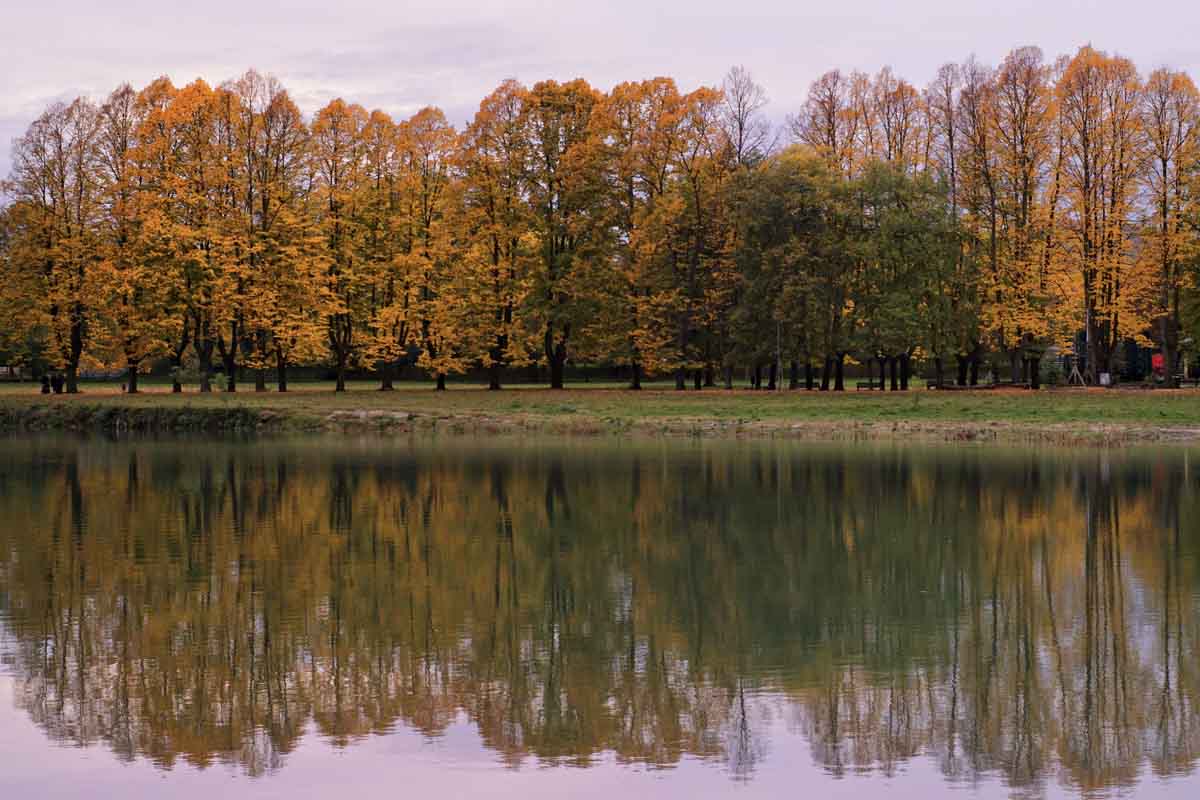
Parco della Chiusa
Students are used to spending sunny days at Giardini Margherita, while older Bolognese locals prefer to go to Parco della Chiusa, also known as Parco Talon. Located in the municipality of Casalecchio di Reno, Talon is a large natural park, characterized by long tree-lined avenues and groves.
On weekends, the park gets visited by families and groups of people of all ages, who often organize picnics and barbecues. Once you arrive at Talon, you may also consider taking a look at the Chiusa del Reno, a historic hydraulic work used to guide the waters of the Reno River from the mountains, to the plains.
You can get there by bus number 20 from Via Farini to Casalecchio di Reno in about half an hour.
Day 3 in Bologna – Afternoon
Dozza
For your last afternoon after 3 days in Bologna, you could visit one of these two interesting sights a short distance from the city – either the small village of Dozza, or the extravagant Rocchetta Mattei.
Dozza is about 40 minutes southeast of Bologna, not far from Imola. The village itself is very pleasant to visit, but its main feature are the murals painted on the buildings.
These works of art are made during the festival “Il Muro Dipinto” (the painted wall). Its first edition was organized in the 1960s, and every two years the festival takes place in Dozza, with famous artists invited to decorate the town.

Rocchetta Mattei
Located in Grizzana Morandi, just a few kilometers from Bologna, Rocchetta Mattei is a unique place that we recommend, especially if you are a history buff and don’t mind a little occultism and esotericism.
This strange building on a hill, is characterized on the outside by the peculiar union of Islamic and European architecture. Its structure is reminiscent of the buildings of Andalusian Spain, giving the idea of something magical, completely alien from its surroundings.
Built in the 19th century by the Mattei family, the Rocchetta was the home and laboratory of Count Cesare Mattei, a noble scientist with a passion for alchemy, medicine and astronomy. In fact, esoteric, alchemical and Masonic symbols can be seen in the interior of the Rocchetta Mattei.
The rooms differ in style, ranging from rooms decorated with Islamic arches, such as the chapel, to others where the ceiling is composed of small pyramids, such as the count’s study. The Rocchetta also hosts a great reproduction of the courtyard of the Alhambra in Granada, evidence of the building’s Moorish inspiration.
Another idea would be spending your last day on a day trip to Modena, just half an hour away by train. Here you’ll find 18 amazing things to do in Modena!
